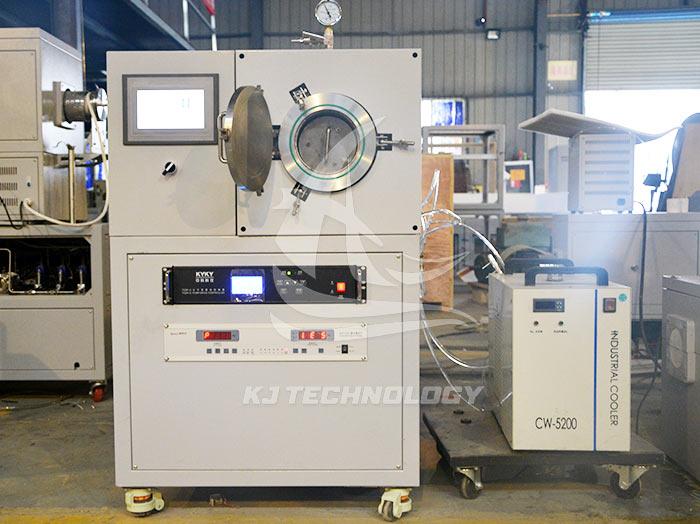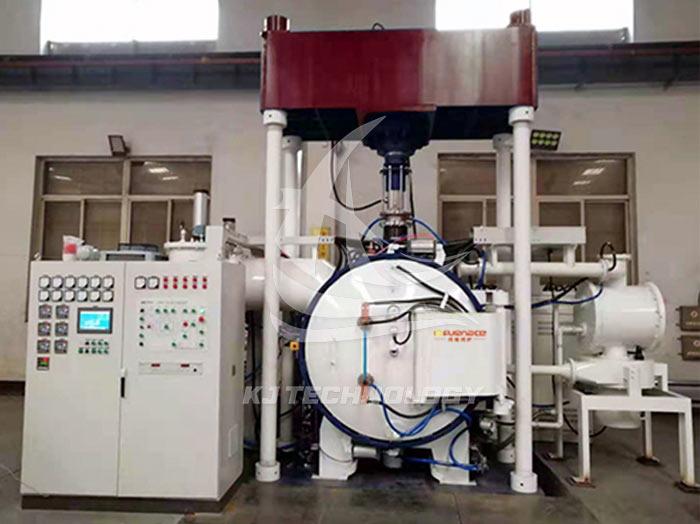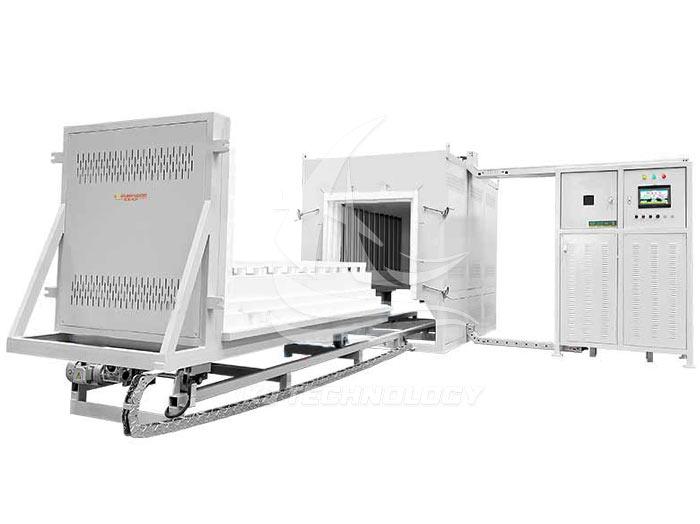Application scope of aluminum brazing vacuum furnace
 07-03-2025 Author: KJ technology
07-03-2025 Author: KJ technology
The application range of aluminum brazing vacuum furnace is wide, covering multiple industry fields, as follows:
1. Core application areas
automobile making
Manufacturing of heat exchangers: such as aluminum radiators for automotive air conditioning evaporators, condensers, oil coolers, intercoolers, etc., which achieve efficient heat conduction and sealing through vacuum brazing, improving energy efficiency and lifespan.
Engine components: brazing of high-temperature components such as turbochargers and exhaust manifolds to meet corrosion resistance and strength requirements.
In the field of new energy: ensuring equipment stability and durability in brazing components such as electric vehicle battery cooling systems and hydrogen fuel cell stacks.
EADS
Lightweight structural components, such as aluminum lithium alloy body parts and titanium alloy engine blades, are brazed to meet high-strength and low-density requirements.
Thermal protection system: such as brazing of spacecraft heat shield plates to ensure reliability in extreme environments.
Precision instruments: soldering of micro components such as satellite sensors and aviation electronic components to ensure high precision and sealing.
Home appliances and electronics
Refrigeration equipment: such as vacuum brazing of refrigerator condensers and air conditioning evaporators to improve refrigeration efficiency.
Electronic components: soldering of small parts such as integrated circuits, sensors, microwave magnetrons, etc. to ensure electrical performance and reliability.
Consumer electronics: brazing of products such as stainless steel insulated cups and electronic heat sinks to meet appearance and performance requirements.
Engineering Machinery and Energy
Engineering machinery: brazing of hydraulic system radiators and engineering machinery heat exchangers to adapt to harsh working conditions.
Energy equipment: such as solar panel collectors and brazing of wind turbine cooling systems to ensure equipment stability.
2. Material Applicability
Aluminum alloy: widely used for brazing heat exchangers and structural components in fields such as automobiles, aviation, and home appliances.
Stainless steel: suitable for corrosion-resistant scenarios such as food grade equipment, medical devices, chemical containers, etc.
Titanium alloy: used in high-strength and lightweight demand fields such as aerospace and medical implants.
High temperature alloys, such as nickel based alloys, are used for brazing high-temperature components such as gas turbine blades and aircraft engines.
Hard alloy: brazing of hard alloy cutting tools and molds to improve wear resistance and service life.
Non ferrous metals: brazing of materials such as copper, magnesium, etc. to meet special electrical or mechanical performance requirements.
3. Process scalability
Vacuum tempering: Tempering materials such as high-speed steel, mold steel, stainless steel, etc. to eliminate internal stress and improve toughness.
Aging treatment: Aging strengthening is applied to materials such as aluminum alloys and magnesium alloys to improve their mechanical properties.
Annealing treatment: Softening treatment of non-ferrous metals to improve processing performance.
Composite process: Some equipment supports integrated vacuum brazing and heat treatment processes, such as direct aging treatment after brazing, which shortens the production cycle.
4. Typical application cases
Automotive industry: A certain car company uses aluminum brazing vacuum furnace to produce parallel flow condensers. Through precise temperature control (± 3 ℃) and vacuum environment (ultimate vacuum degree ≤ 3 × 10 ⁻ Pa), the brazing qualification rate is increased to 99.5%, which is 40% more efficient than traditional processes.
Aerospace: A certain aircraft engine manufacturer uses a vacuum furnace to brazed titanium alloy blades, and uses zone heating technology (temperature uniformity ± 2 ℃) and Mg steam assisted oxidation film removal to increase the fatigue life of the blades by 30%.
In the field of electronics, a semiconductor company adopts vacuum furnace brazing for integrated circuit packaging, and uses high-purity nitrogen forced cooling (cooling rate ≥ 50 ℃/min) to achieve micron level solder joints without oxidation, with a product yield rate of 99.9%.








